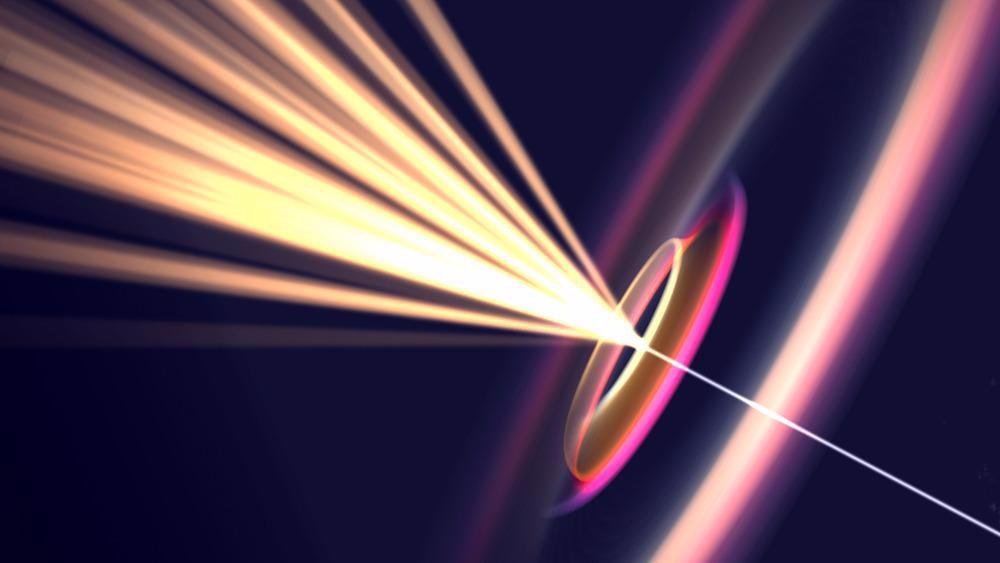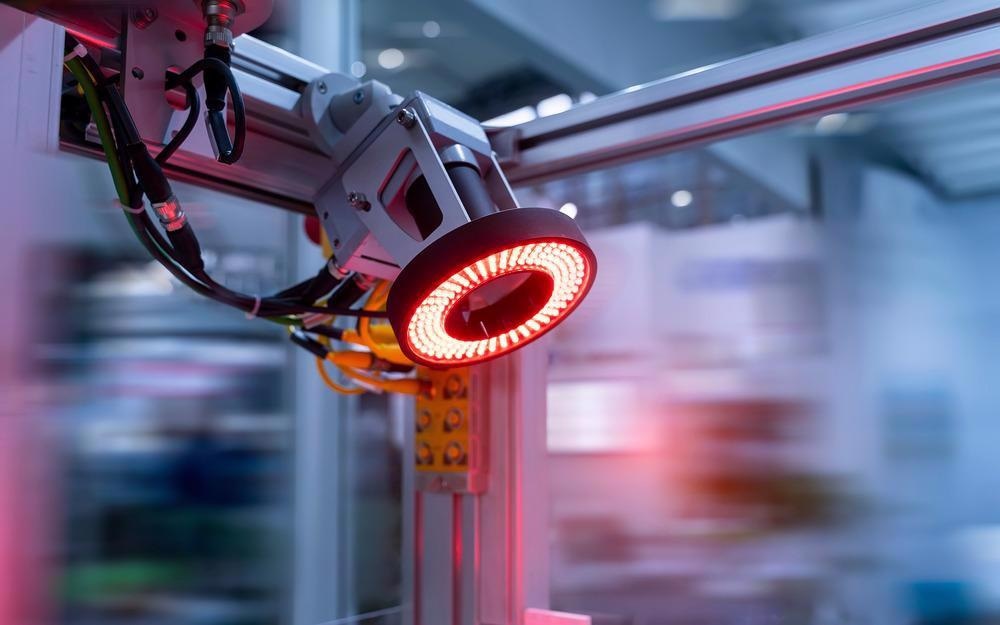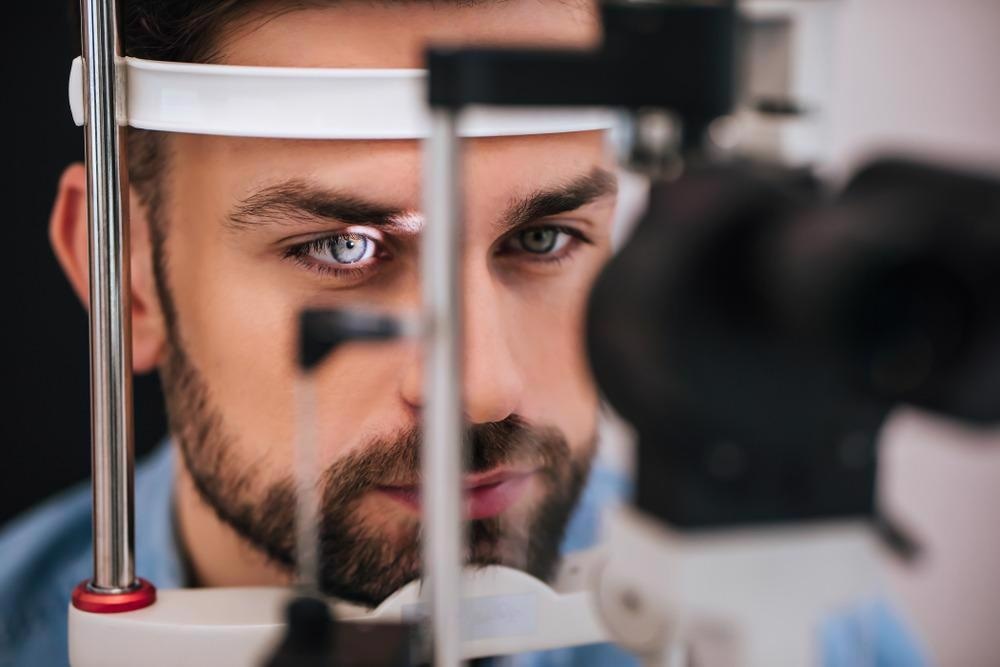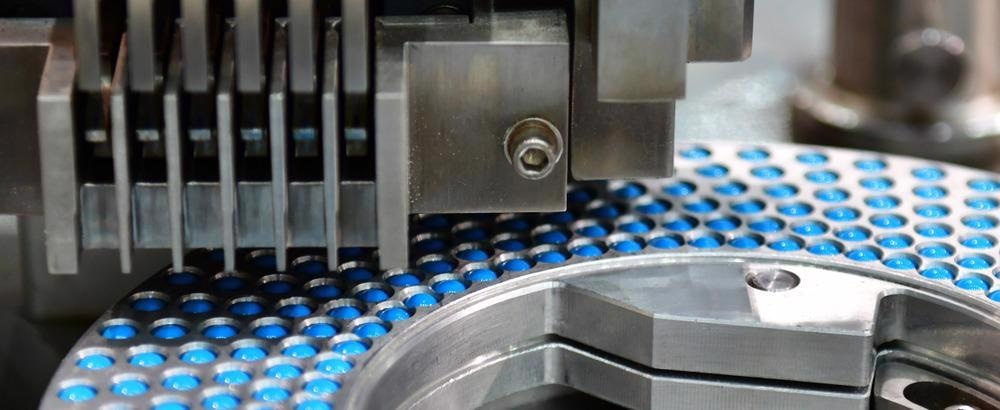In today’s age of advanced technology, machine vision cameras have become an essential component for several applications. Applications in which cameras are currently being used in the medical industry include examining medical devices, laboratory automation, or monitoring surgical progress in the operating room.

Image Credit: Shutterstock/Antrakt2
Continually, microscopy, pathology, ophthalmology, endoscopy, and biomedical research are additional medical areas in which machine vision cameras are being used. Additionally, many companies are now using machine vision technologies in medical imaging and the drug discovery process.
Medical Imaging
Manufacturers of machine vision cameras design the equipment to be robust and durable enough for medical imaging. Compared with consumer digital cameras, machine vision cameras are designed to ensure excellent stability as well as reproducibility of imaging data.
High-quality and high-sensitivity cameras are often used for medical imaging. The field of ophthalmology, for instance, relies on high-resolution machine vision cameras to assist in diagnostics and retina imaging. For these applications, it’s often recommended to utilize machine vision cameras up to 31 Megapixels in an effort to detect even the smallest of details in eye retinas. These cameras can also be used for inspecting skin or other tissues.
Vision systems are also helpful alongside artificial intelligence to conduct lab-grade complete blood counts. Often at a fraction of the time, it takes for traditional testing methods. These systems provide similar accuracy as traditional approaches, however, reducing the risk of sacrificing testing quality. In addition, some high-resolution machine vision camera systems can offer an improved visualization of tumors when used in conjunction with ultrasound. This can assist in a timelier identification of breast cancer compared with ultrasound alone for breast cancer.

Image Credit: Shutterstock/ asharkyu
Machine vision cameras include software development kits (SDKs) where camera settings can be adjusted to handle variable ambient conditions, meaning these systems can be used in medical imaging in various environmental conditions.
Also, most machine vision cameras feature direct onboard processing that can accommodate image pre-processing. The technology has been improved upon over the past few years, allowing these cameras to take on different CPU-intensive operations. This frees up the host computer allowing it to focus on other processing tasks needed for the specfic application, such as diagnostics and disease monitoring.
Another advantage of machine vision cameras in medical imaging is parameter transparency. In addition, machine vision cameras offer complete control over camera and acquisition settings and are designed for continuous 24-hour operation, which may be beneficial for high-volume labs and medical centers.
Machine Imaging: Applications in Medical Imaging & Diagnostics
Powerful digital imaging devices are capable of providing an in-depth visualization of disease and facilitating an earlier diagnosis. Additionally, machine vision cameras can also be used in clinical trials to provide in vitro diagnostics for research purposes.
Areas of medicine and clinical research that benefit from machine imaging systems for medical imaging and diagnostics include:
Ophthalmology
A global aging population is increasing the demand for high-throughput ophthalmic imaging solutions to assist in early disease recognition and visual impairment diagnosis. For this purpose, machine vision cameras are applied to cornea and retina measurement.

Image Credit: Shutterstock/ 4 PM production
Live Cell Imaging/In Vitro Diagnostics
Optimized machine vision cameras can be used to gain deeper insights into dynamic cellular processes in live cells and living systems without compromising cell survival. In clinical research of live cells, machine vision cameras featuring high frame rates and high resolutions and sensitivities are crucial for avoiding long exposure times and reducing potential photo-toxic effects associated with standard observation strategies.
Surgery
Machine vision cameras are also increasingly employed to optimize surgical microscopes used in minimally invasive surgery and micro-surgery, such as plastic surgery, reconstructive surgery, neurosurgery, and spinal surgery. Cataract surgeons, for instance, benefit from the use of machine vision cameras, as these tools can often offer greater precision and accuracy as well as ensure optimal visual outcomes for patients.
Cancer
High-resolution, high-speed machine vision imaging systems have been developed to perform a non-invasive optical biopsy to assess cancer. Pathologists and surgeons use these cameras to provide imaging at the cellular level in real-time, which can help diagnose a variety of cancer types.
Drug Discovery
Some companies are also using machine vision technologies in combination with machine learning to “reposition” drugs and shelved pharmaceutical components to identify potential new targeted treatments for rare genetic diseases. These companies are using raw images obtained by machine vision cameras and machine learning techniques to analyze therapeutic compounds in various disease settings.

Image Credit: Shutterstock/i viewfinder
In addition, pharmaceutical companies and drug-processing centers can use machine vision technologies to capture multiple images of pills during production to ensure medical pill quality. In this context, machine vision cameras can identify small cosmetic flaws, which are often deemed unacceptable by consumers and regulators alike. Automated vision systems allow close examination of pills at multiple angles to identify these flaws and reduce the risk of defective products from entering the marketplace. The cameras can also accommodate the rapid speed at which pills are delivered to and through the production line, facilitating accelerated image acquisition and analysis for the drug manufacturer.